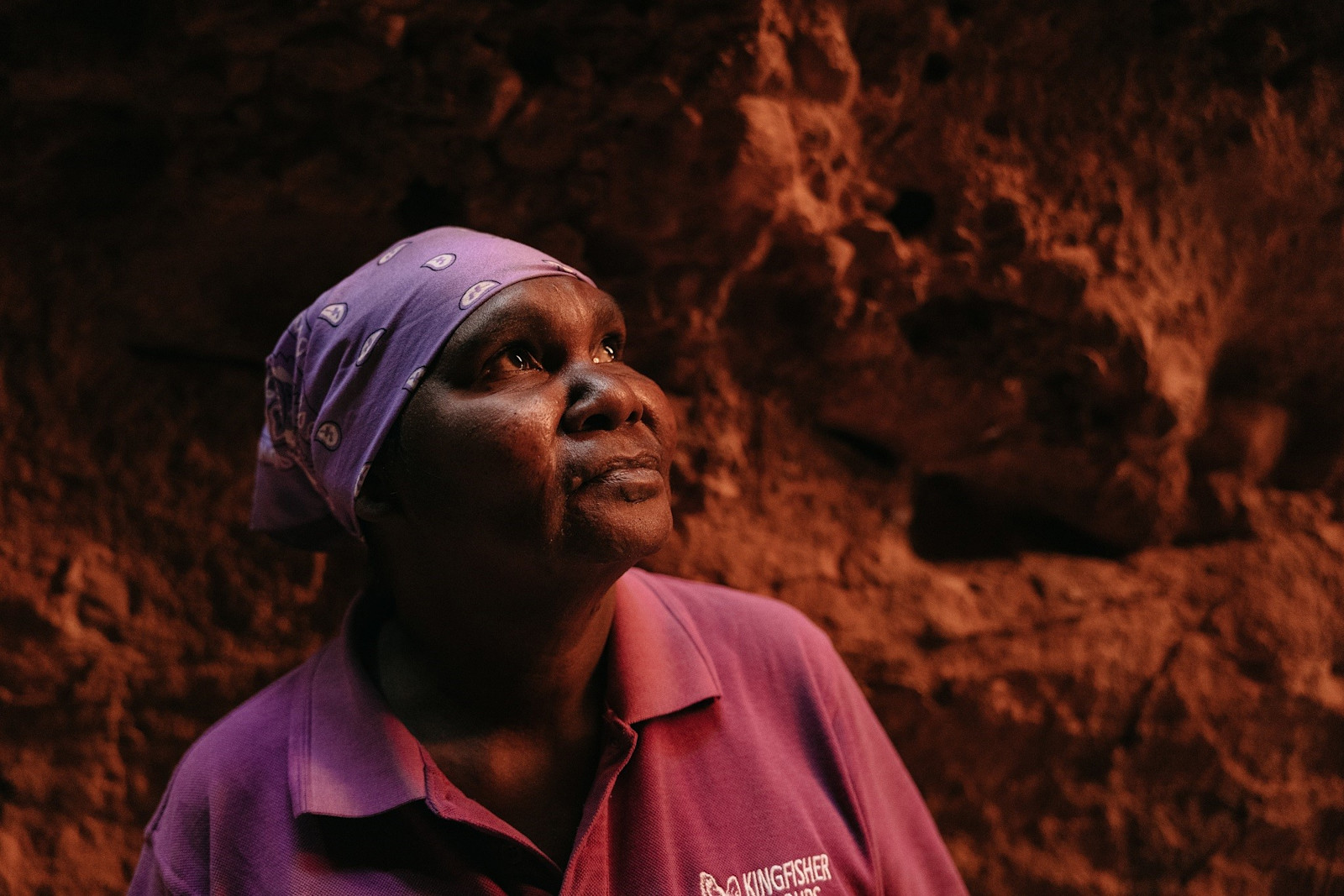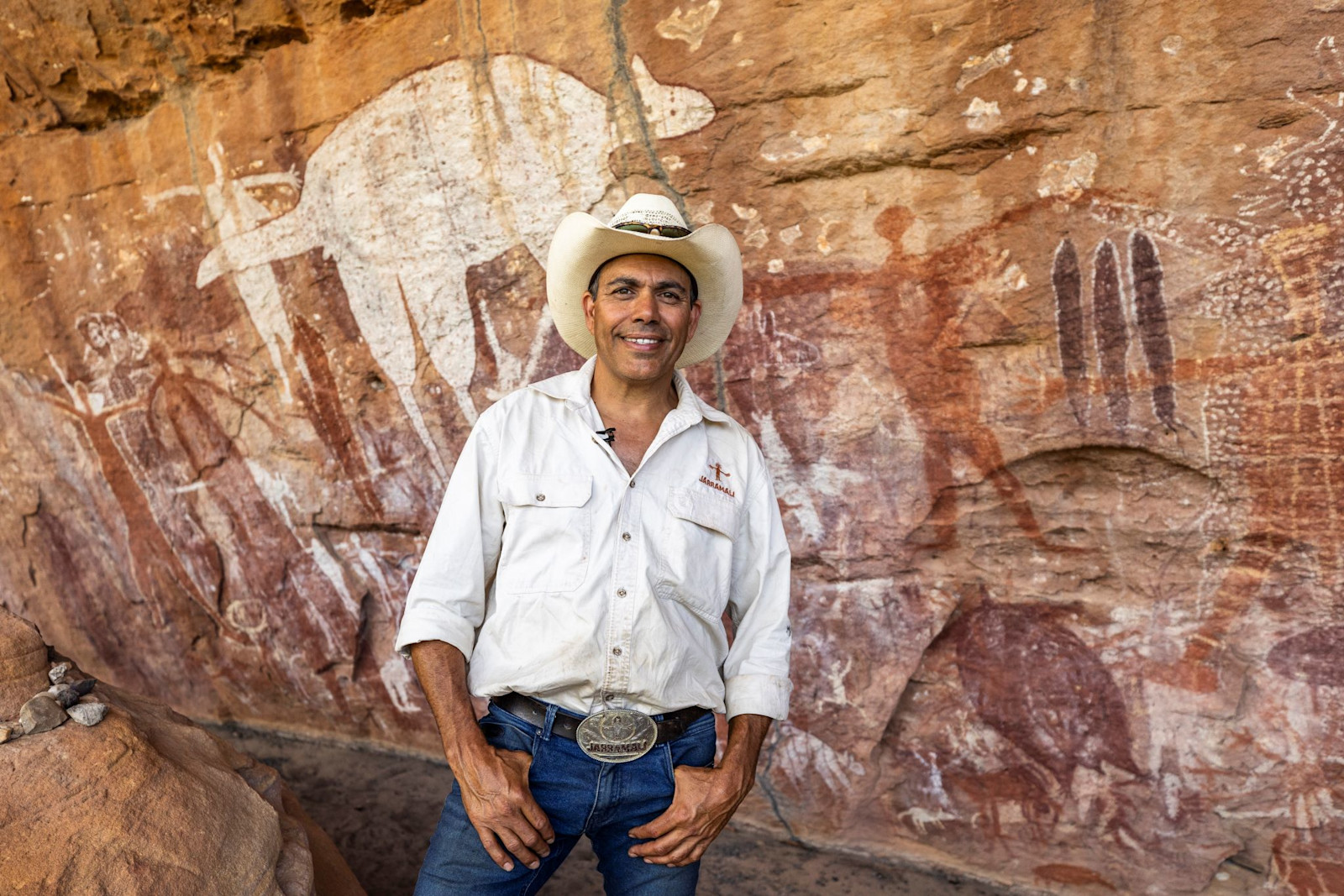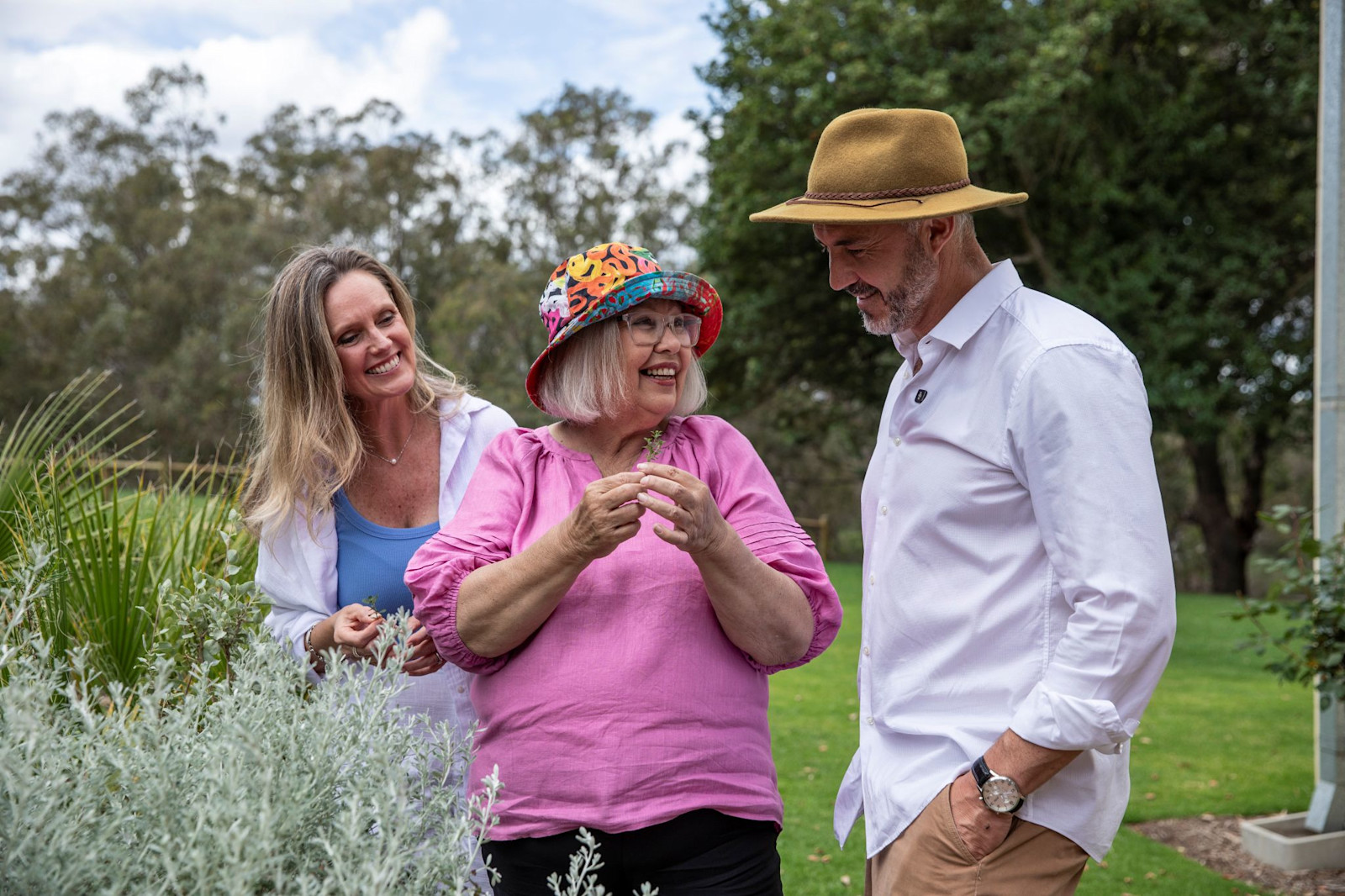Guide to the Kakadu plum in Aboriginal cultures
One of Australia’s native superfoods, the Kakadu plum has been used by Aboriginal communities for millennia as bush tucker and medicine.

Dale Tilbrook Experiences, Swan Valley, Western Australia © Tourism Australia
One of Australia’s native superfoods, the Kakadu plum is not only tasty, but packs a punch when it comes to vitamin C. Which is why Aboriginal communities have used it for millennia as bush tucker and medicine.
What is Kakadu plum?
“Kakadu plums have the highest vitamin C content of any fruit in the world,” says Wardandi Bibbulmun Elder Dale Tilbrook, wealth of knowledge when it comes to native Australian foods (aka ‘bush tucker’) and the operator of Dale Tilbrook Experiences out of the Swan Valley near Perth / Boorloo. If you reach for an orange when you’re feeling under the weather, you might want to reconsider – Kakadu plums (gubinge) have 100 times more vitamin C packed into their small frames. Grown in the northern regions of the Northern Territory, Western Australia and Queensland, it’s delicious both raw and cooked – when cooked it gives off a comforting aroma of stewed apple and pear.

Kakadu Plums, Dale Tilbrook Experiences, Swan Valley, Western Australia
Why are Kakadu plums significant to Aboriginal cultures?
Cold, flu, headache, wound, sore muscles… Due to their antioxidant and antiseptic properties, Kakadu plums and the trees they grow on are a natural remedy for many things that ail you. While the fruit holds vitamin C, the red inner bark holds antiseptic properties, which Aboriginal communities recognised thousands of years ago – they utilised every aspect of the plant for health, wellness and nutrition. “Aboriginal communities have developed a huge body of knowledge about the medicinal properties of plants like the Kakadu plum,” says Dale. “We know how to live in harmony with the Country, rather than harm it.”

Tali Wiru Dining experiences, Voyages Indigenous Tourism Australia, Uluru, Northern Territory
Where can I taste Kakadu plum?
Kakadu plum trees thrive in the northern reaches of Australia, although many savvy hospitality companies have caught on to the health benefits of the fruit and now use it to flavour products distributed around the country. Like the jams that Dale makes and sells from her base outside Perth. Or the breakfast compote you can try when you stay on site with Kakadu Tourism after a visit around the World Heritage-listed site.
Dale also has Kakadu plum on the menu during her experiences that introduce you to the distinctive flavours of native herbs, seeds, fruits, nuts and leaves. Depending on the season, the fruit might also feature at the alfresco Tali Wiru dining experience hosted by Voyages Indigenous Tourism Australia at Uluru – the desert honey mousse is served with a decadent Kakadu plum compote.












